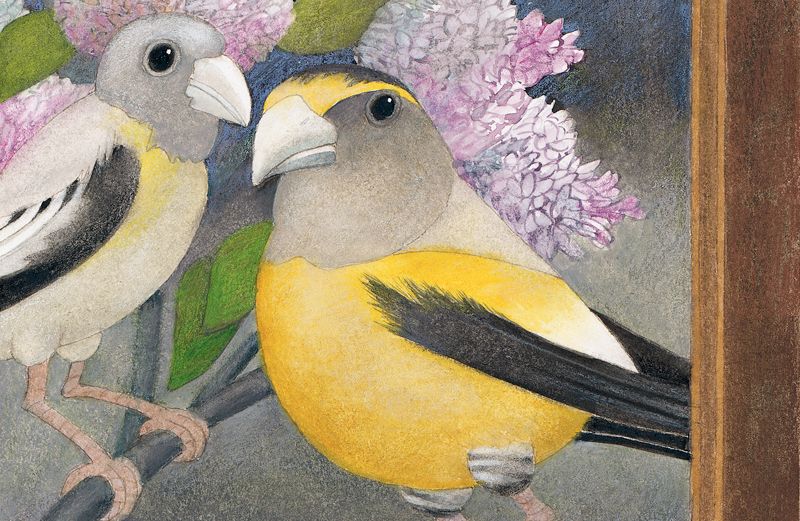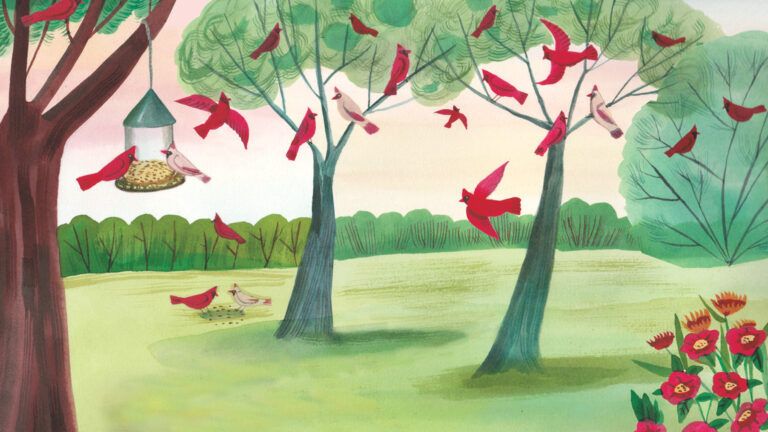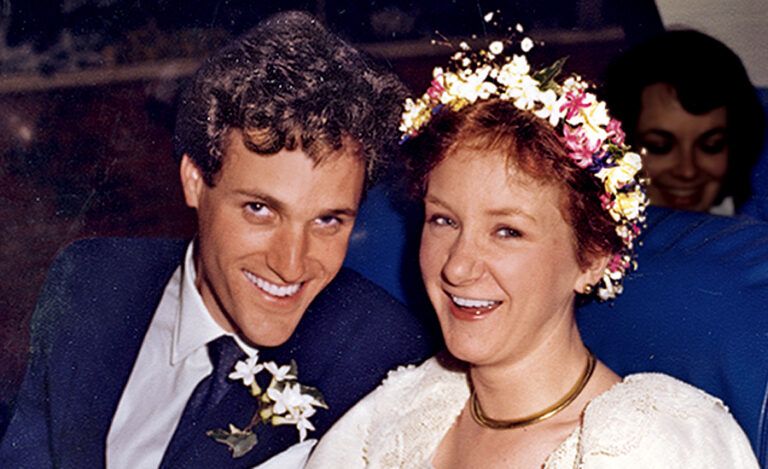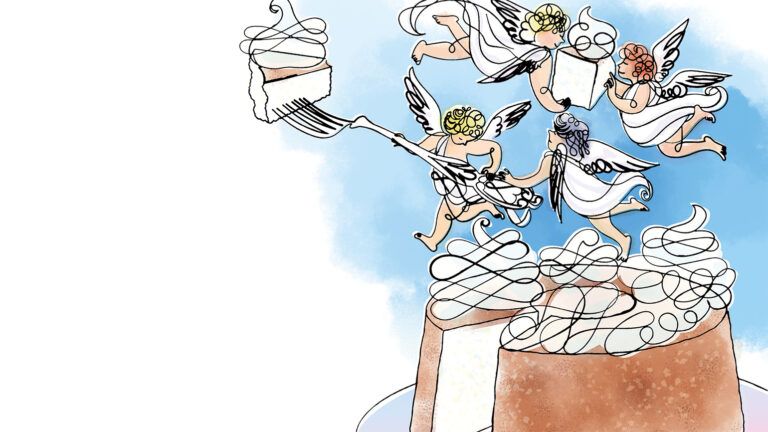Once a thick, beautiful canopy of oak trees had shaded our homes in Galveston’s historic East End, nearly hiding them from view. Now I stood on my porch and saw nothing but dead, barren branches extending from their trunks.
Ten months before, Hurricane Ike had ravaged the island. It killed nearly all our trees. At first I’d barely noticed. The storm filled the first floor of my house with wet, smelly muck.
Everything—carpet, antiques, artwork, appliances, furniture, the cheap but sentimental dining room set passed down from my mother—was ruined. Who had time to think about trees? The debris sat in front yards for months before the city was able to finally cart it all off.
I’d dreamed for years of leaving the hustle and bustle of Houston behind for the laid-back, sand-between-your-toes calm and serenity of Galveston. After a painful divorce, I’d finally made the leap. It was just what I needed, a little piece of heaven. But the storm had destroyed everything I’d worked so hard to build. Watching my possessions get tossed one by one on the trash heap made me feel like my dream of a new life was ruined as well.
Even the trees are ruined, I thought as I looked at the street from my porch. It was summer. I’d waited for months to see green shoots heralding the promise of rebirth, proof of God’s hand at work. But instead the branches looked like skeletons. The trees had choked on the saltwater and pollution from the bay.
The city had announced it would soon be cutting down the trees in public parks and medians. Homeowners were advised to do the same. The wood was destined for a landfill. Any day now I’d hear the horrible screech of a chain saw destroying what was left of my hopes.
I can’t bear to think of all those trees being turned into scrap, I thought, gazing at the branches curving from the trunk of the tree in front of my house. Two angels embracing—that’s what the branches looked like. Funny how I’d never noticed that before. All the more reason not to throw the trunk away. I remembered a visit to Biloxi, Mississippi, after Hurricane Katrina. Along the road fronting the beach I’d seen carvings made out of damaged trees. An egret, owls, dolphins. At the time I had no idea how they were done. Maybe it was time to find out.
I called the Biloxi City Planning Department. “It was a major undertaking,” the man who’d organized the carvings admitted. “There’s the cost for renting equipment, like cherry pickers and such, and that’s before you even hire an artist.”
I told him about all the damaged trees in Galveston. “Nearly 40,000 in all,” I said.
“Way too many to carve,” he said.
My heart sank. “I just hate for them to go to waste,” I said. “They must be good for something.”
The man thought a moment. “I know a shipyard that might be able to help,” he said. “The seaport in Mystic, Connecticut, is restoring the last wooden whaling ship in the world. They must need wood.” I called right away.
“You don’t know what this means to us,” the shipbuilder said. “We didn’t know where we were going to find a hundred tons of old wood!”
Filled with enthusiasm I called and made an appointment with the Galveston city manager. I couldn’t wait to tell him the trees didn’t have to go to waste. He unfortunately did not share my enthusiasm. “I’m happy to donate wood to the seaport,” he said when I went to his office. “But carving two trees at city hall and at two of the city parks? We don’t have the money for a project like that.”
“I’ll raise it,” I said, having no idea how. All I knew was, the trees needed me.
I talked up my idea everywhere. But people were rebuilding their homes and businesses; no one I talked to had extra cash to give. It seemed like this was an obstacle I couldn’t overcome. One more dream to throw on the scrap heap, I thought one night as I tried to generate interest at a neighborhood block party. Then a man I’d never met before approached me. “I’d like to give you $5,000,” he said, “but I need to remain anonymous.” I stared at him in amazement. I didn’t see any wings, but there was no doubt that I was looking at an angel. Just when I was ready to give up he saved my dream!
Now, with the city’s blessing, I searched on the internet for wood carvers. A man named Jim Phillips was interested. “I’ve never carved anything that large before,” he wrote, “but would love the opportunity.”
I took him to the trees outside of city hall, near the fire station. He’d carve a Dalmatian and a hydrant!
“I can see them in the wood already,” Jim said. “If you pay my expenses, I’ll do the carving for free.”
He started that weekend. A crowd gathered to watch the chain saw bite into the first branch, the sound echoing through downtown. Jim lopped off branches until just the trunk remained. He cut a gradual dip into the top, then a sharp curve into one side. It took a bit of imagination, but I could just make out a dog’s nose and head. With the tip of his saw Jim carefully cut a U into the wood and there was an ear! With each passing hour the dog slowly emerged, his chest, then front legs.
Jim finished the first tree in a week. The crowd applauded. One man came up to Jim. “Would you carve the tree in my yard?” he asked.
Jim was happy to oblige. Soon we were getting calls from homeowners all over Galveston. More carvers volunteered to help. Artist Earl Jones carved a hand holding a diploma from the tree outside the rec center. Dayle Lewis, from Richmond, Indiana, carved birds—herons, ibis and spoonbills—soaring from handcrafted branches.
All through the winter the whine of chain saws filled the air. The sound I’d once dreaded now filled me with anticipation. I couldn’t wait to see the latest creation: a heron, pelicans, a dolphin, mermaids and an angel cradling a bunny.
Between my neighbors’ enthusiasm and the Mystic Seaport we’d saved thousands of trees. But I couldn’t help thinking of the ones we hadn’t. God, help me be satisfied with saving what we could, I thought one night as I fell asleep. The next day the city got a call from Spain. A group there was building a full-scale replica of the Galveztown, the ship Bernardo de Galvez, the Spanish Governor of Louisiana, had used to fire on the British during the Revolutionary War. Did Galveston still have wood available? We sure did! The builders took all that was left, more than 200 tons. Not one twig went to the landfill.
Over 30 homeowners paid for their trees to be carved. Mine was last.
On a beautiful spring morning, Dayle Lewis joined me on my porch ready to go to work. Nine months had passed since I first saw the angels in my tree. Now it seemed like there were angels everywhere, in the wooden dolphins and pelicans, even the mermaids. They were messengers of hope. I’d thought a hurricane had destroyed my new life. Instead it showed me how beautiful that life really was.
See a slide show of the Galveston carvings!
Download your FREE ebook, Angel Gifts: Inspiring Stories and Angel Crafts to Nurture Your Creativity




